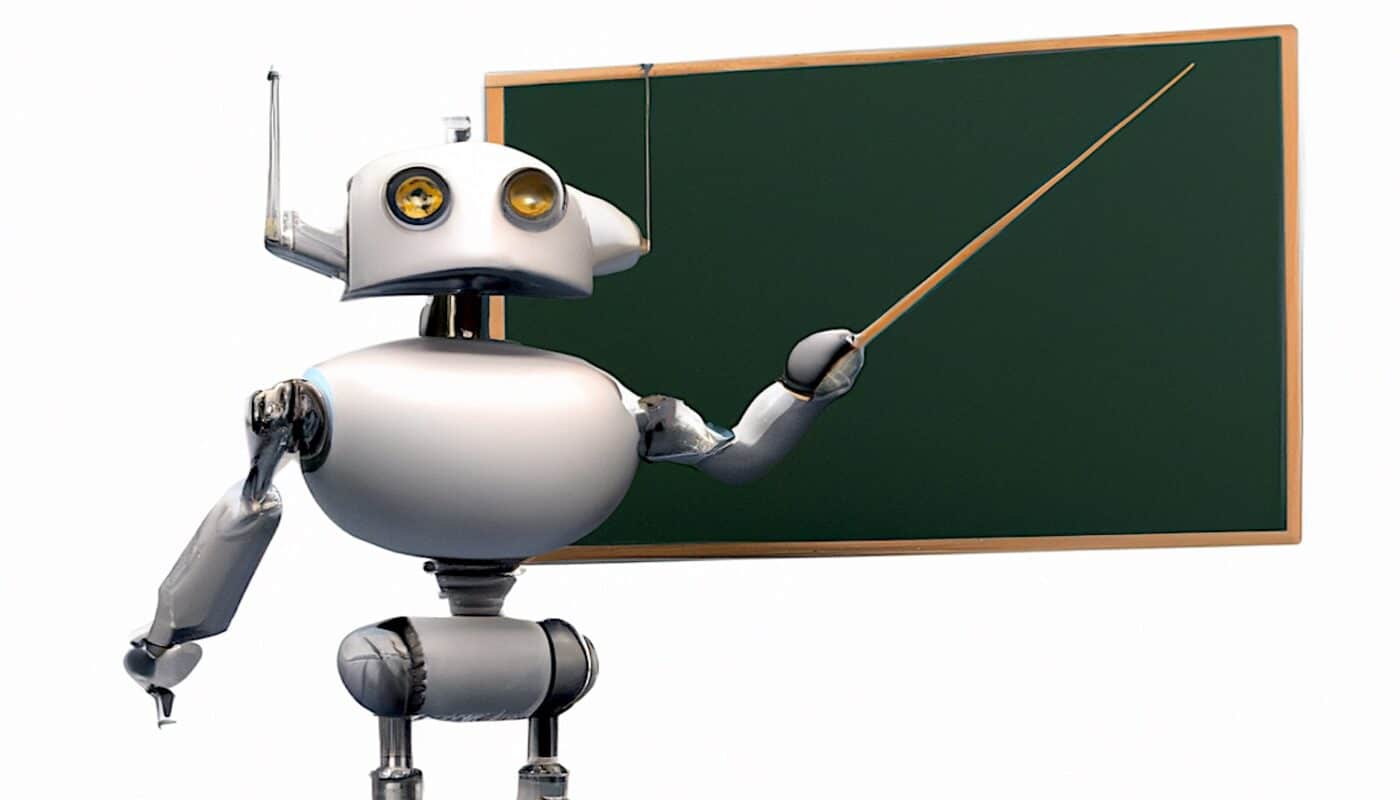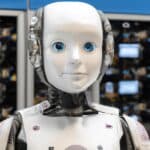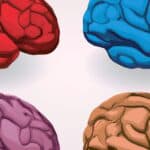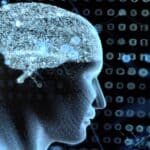Machine learning is a fast-growing scientific field that plays a central role in the development of artificial intelligence. Thanks to ever more powerful algorithms and the accumulation of data, machines are now capable of learning and evolving without human intervention, opening the way to numerous concrete applications in all sectors of activity.
Understanding how machine learning works
Everything hinges on the ability of machines to process large quantities of data and detect patterns in order to make predictions or decisions. To achieve this, they rely on learning algorithms, which are designed to improve as they are used. Three types of learning are generally distinguished:
- Supervised learning: the algorithm is trained with a set of labeled data (i.e. where each example is associated with an expected response). It learns to associate inputs with outputs and can then be used to make predictions on new data.
- Unsupervised learning: this time, there are no labels to guide learning. The algorithm then has to detect structures and patterns in the data on its own, by grouping similar examples together or identifying anomalies
- Reinforcement learning: this is a different approach where the algorithm learns to act in a given environment to maximize a reward. In particular, it is used to teach virtual agents to play video games or perform complex tasks, such as autonomous driving.
Fields of application for machine learning
The potential of machine learning is immense, affecting a wide range of sectors. Here are a few concrete examples of application:
Health
In medicine, machine learning can be used to develop automated diagnostic systems. Researchers train algorithms with medical images (X-rays, MRIs, etc.) so that they can detect the presence of disease or lesions. These intelligent tools are also used to analyze genetic data and better understand disease mechanisms.
Finance
In the financial sector, machine learning methods are used to forecast market fluctuations and optimize trading strategies. Algorithms are also developed to detect bank fraud or suspicious transactions, thus contributing to the security of the financial system.
Marketing
Companies are harnessing the potential of machine learning to improve their knowledge of consumers and tailor their offering in line with needs and expectations. Algorithms can analyze buying behavior, online reviews and social networks to identify trends and guide marketing decisions.
Industry 4.0
Machine learning is at the heart of the digital transformation of industries, as they seek to optimize their production processes and automate certain tasks. Machines can thus learn to detect faults on an assembly line, adjust machine parameters to reduce energy consumption, or pilot collaborative robots.
Challenges for the development of machine learning
Despite the spectacular advances made in recent years, there are still many challenges to overcome in order to exploit the full potential of machine learning:
- Data availability: algorithms need large quantities of data to work properly. But these are not always accessible or of sufficient quality.
- Explicability of models: some complex algorithms, such as artificial neural networks, are often regarded as “black boxes” whose workings are not well understood. It is therefore difficult to validate them and make them acceptable for certain sensitive applications, such as medicine.
- Ethics: the rise of machine learning raises important ethical issues, notably in terms of privacy (use of personal data), liability (who is responsible if an algorithm makes a mistake?) or discriminatory bias (if learning data is biased, algorithms can reproduce these biases)
- Skills: the development and implementation of machine learning-based solutions requires specific skills, which are currently lacking in many organizations. Training and recruitment are therefore key to accelerating the spread of these technologies.
All in all, machine learning represents a major revolution in artificial intelligence and opens up fascinating prospects for our future. The progress made so far is just a foretaste of what’s to come, and there’s no doubt that this technology will continue to transform our world in unprecedented ways.










